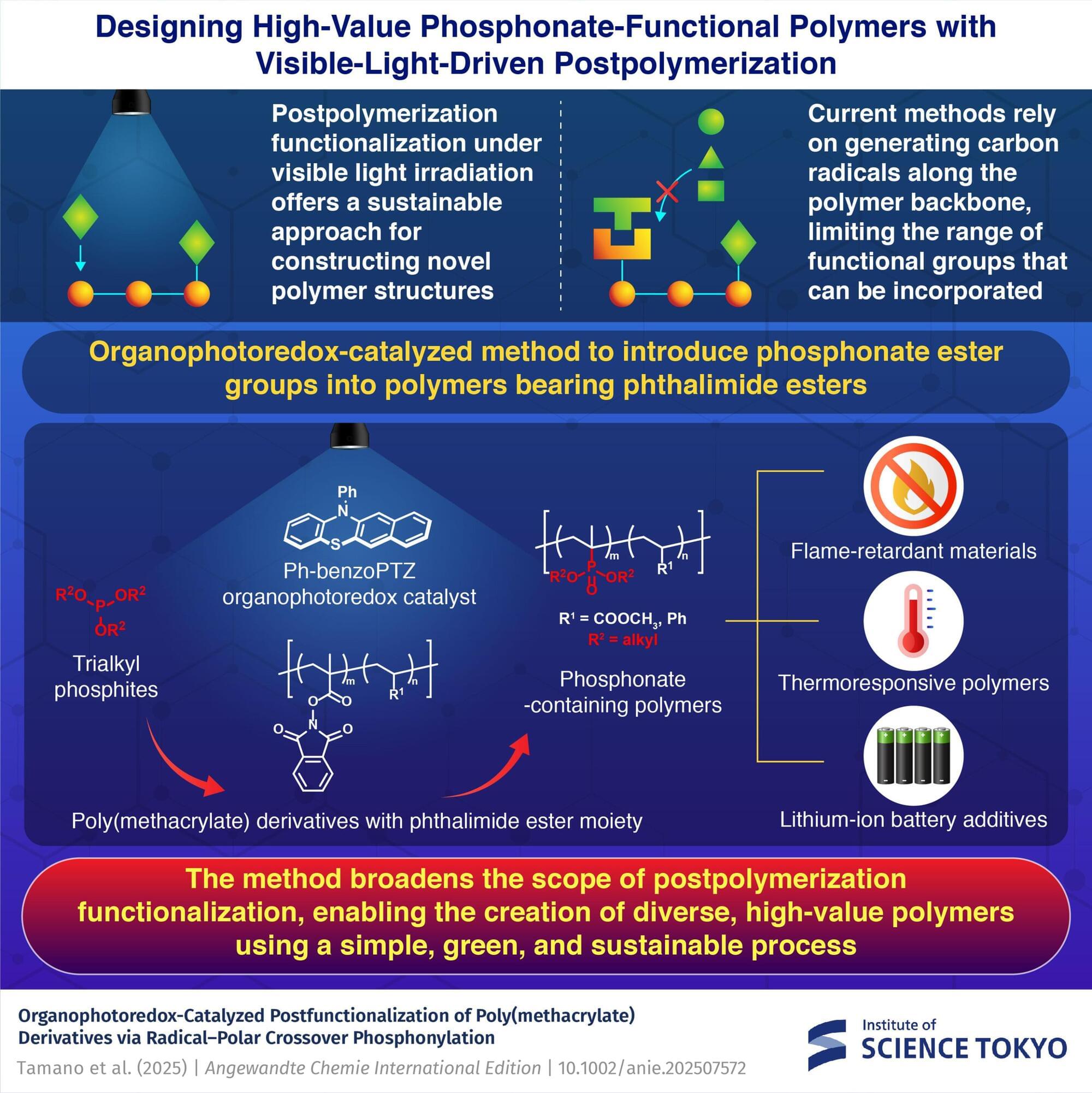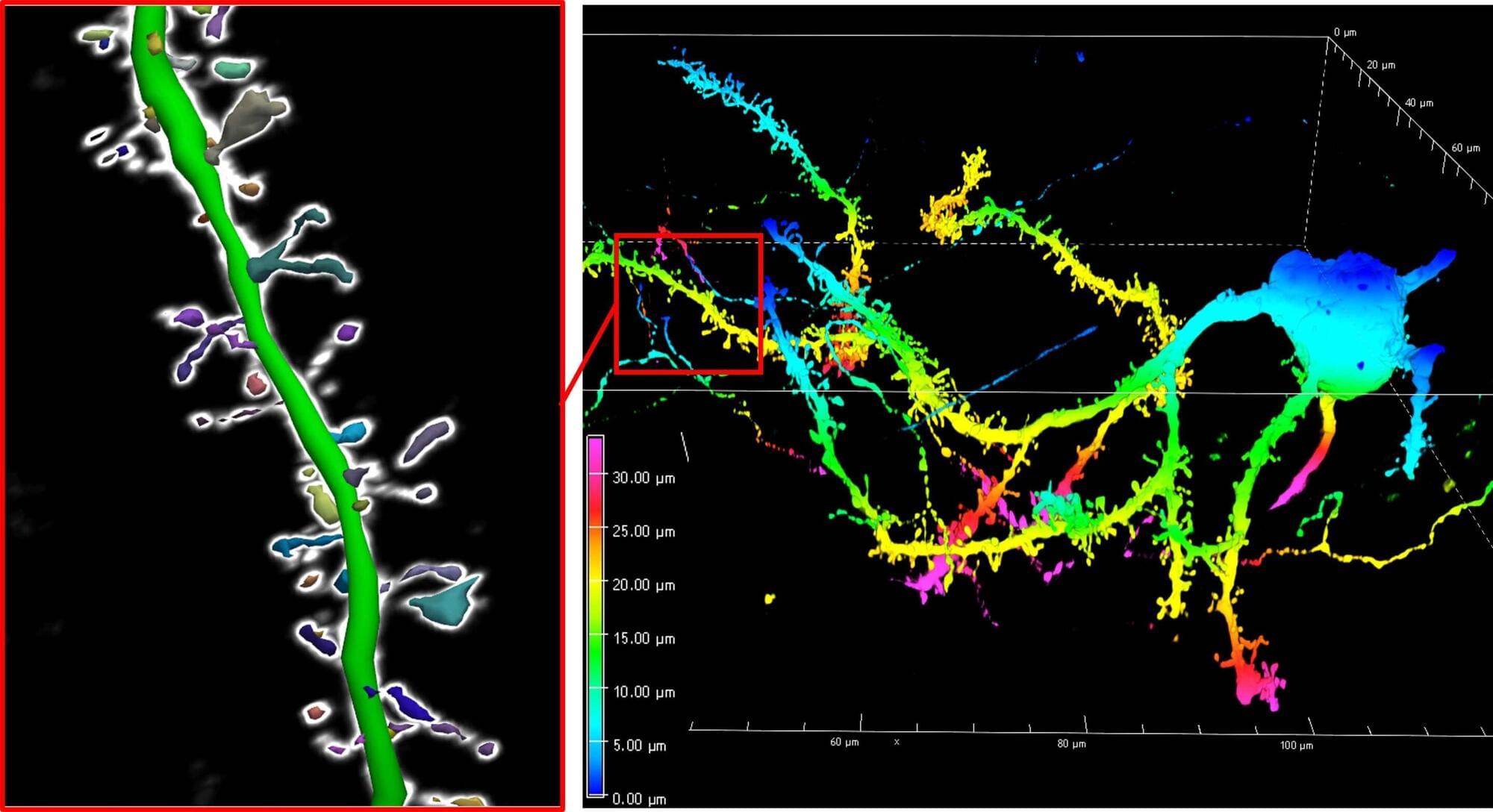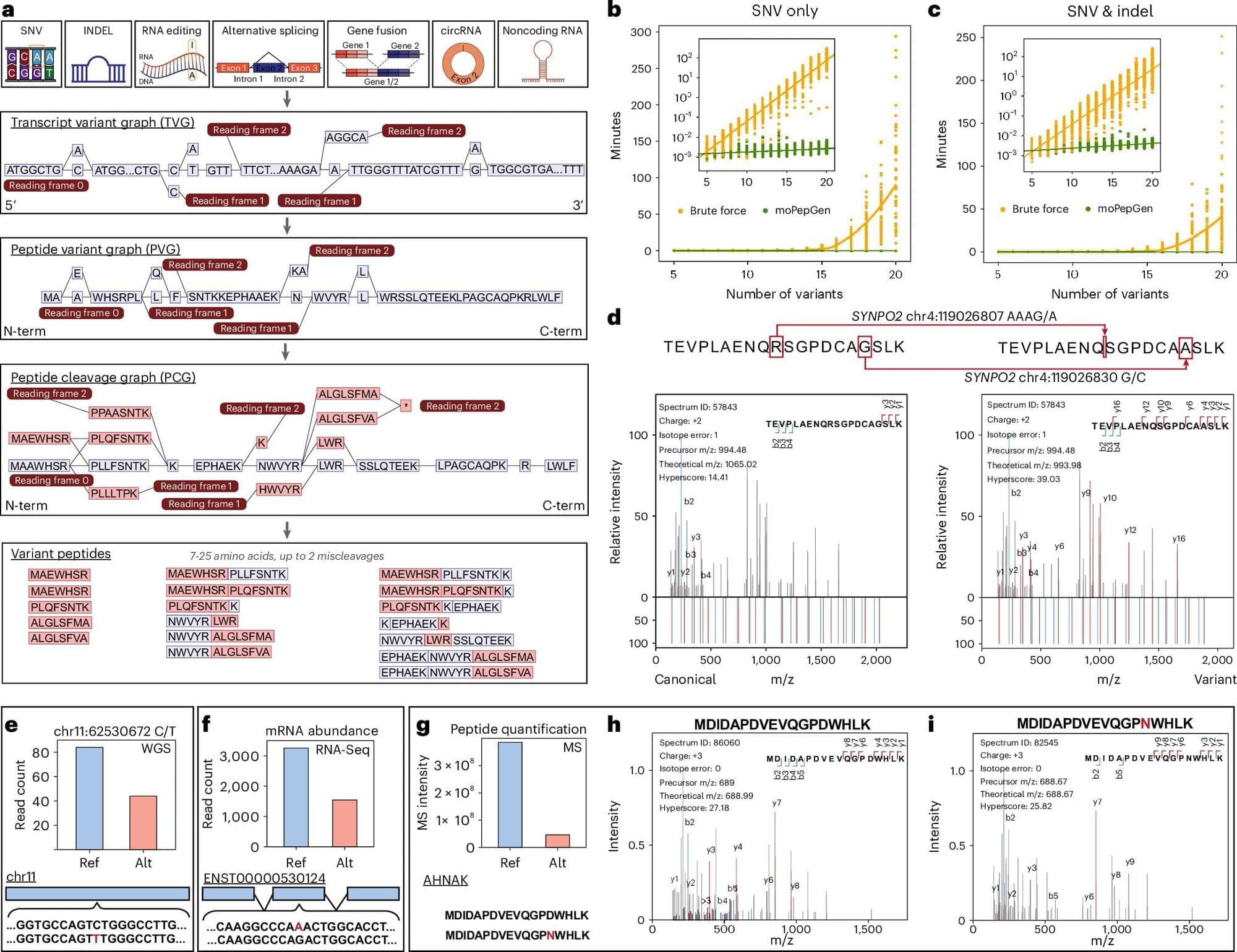Researchers at Boise State University have developed a novel, environmentally friendly triboelectric nanogenerator (TENG) that is fully printed and capable of harvesting biomechanical and environmental energy while also functioning as a real-time motion sensor. The innovation leverages a composite of Poly (vinyl butyral-co-vinyl alcohol-co-vinyl acetate) (PVBVA) and MXene (Ti3C2Tx) nanosheets, offering a sustainable alternative to conventional TENGs that often rely on fluorinated polymers and complex fabrication.
Artificial light may be lengthening the growing season in urban environments by as much as 3 weeks compared to rural areas, according to an analysis of satellite data from 428 urban centers in the Northern Hemisphere over 7 years, published in Nature Cities.
Rapid urbanization is leading to hotter and brighter cities. More specifically, buildings and concrete absorb and radiate heat, causing urban heat islands, in which urban areas have higher atmospheric temperatures throughout the day and night compared to their surroundings. Likewise, the amount of artificial light at night has increased by 10% in cities within the past decade.
Light and temperature also largely regulate plant growing seasons. For example, increased lighting and temperature cause trees in cities to bud and flower earlier in the spring and change color later in the autumn than trees in rural surroundings. However, research has not thoroughly studied the magnitude of their individual or combined impacts.
MIT researchers have designed a compact, low-power receiver for 5G-compatible smart devices that is about 30 times more resilient to a certain type of interference than some traditional wireless receivers.
As demand for advanced polymeric materials increases, post-functionalization has emerged as an effective strategy for designing functional polymers. This approach involves modifying existing polymer chains by introducing new chemical groups after their synthesis, allowing for the transformation of readily available polymers into materials with desirable properties.
Postfunctionalization can be performed under mild conditions using visible light in the presence of catalysts, which provides a sustainable route for developing high-value polymers. However, existing methods often rely on generating carbon radicals along the polymer chain, limiting the variety of functional groups that can be introduced.
In a significant advancement, a team led by Professor Shinsuke Inagi from the Department of Chemical Science and Engineering, School of Materials and Chemical Technology at Institute of Science Tokyo (Science Tokyo), Japan, has developed a postfunctionalization technique that allows for the incorporation of phosphonate esters under visible light conditions. This breakthrough paves the way for a broader range of polymer modifications.
Researchers at Boise State University have developed a stable, high-performance Ti3C2Tx MXene ink formulation optimized for aerosol jet printing—paving the way for scalable manufacturing of micro-supercapacitors, sensors, and other energy storage and harvesting devices.
A security specialist at Ben-Gurion University of the Negev has found evidence that it might be possible to infiltrate an air-gap computing system using a smartwatch. Mordechai Guri has published a paper outlining his ideas on the arXiv preprint server.
Air-gap computers or computing systems are those that have been physically removed from other networks, such as the internet, as a way to make them remotely hack-proof. The only way such a computer or system could be hacked would be to gain direct physical access or to have someone do it for them. In his paper, Guri suggests there may be another way—by using features of smartwatches.
Smartwatches, Guri notes, have all the features needed to listen for ultrasonic signals from an air-gapped computer, starting with a microphone. They also could be used for processing signals or for routing them to a speaker or a Wi-Fi device, which could broadcast them to a more sophisticated device.
Huntington’s disease has long defied attempts to rescue suffering neurons. A new study in Cell Reports shows that transplanting healthy human glial progenitor cells into the brains of adult animal models of the disease not only slowed motor and cognitive decline but also extended lifespan. These findings shift our understanding of Huntington’s pathology and open a potential path to cell-based therapies in adults already showing symptoms.
“Glia are essential caretakers of neurons,” said Steve Goldman, MD, Ph.D., co-director of the University of Rochester Center for Translational Neuromedicine and lead author of the study.
“The restoration of healthy glial support—even after symptoms begin—could reset neuronal gene expression, stabilize synaptic function, and meaningfully delay disease progression. This study shifts the perspective on Huntington’s from a neuron-centric view to one that shows a critical role for glial pathology in driving synaptic dysfunction. It also tells us that the adult brain still has the capacity for repair when you target the right cells.”
Researchers at Karolinska Institutet and Lund University in Sweden have identified a new treatment strategy for neuroblastoma, an aggressive form of childhood cancer. By combining two antioxidant enzyme inhibitors, they have converted cancer cells in mice into healthy nerve cells.
The study, “Combined targeting of PRDX6 and GSTP1 as a potential differentiation strategy for neuroblastoma treatment,” is published in the journal Proceedings of the National Academy of Sciences.
Neuroblastoma is a type of childhood cancer that affects the nervous system and is the leading cause of cancer-related death in young children. Some patients have a good prognosis, but those with metastatic tumors often cannot be cured despite modern combinations of surgery, radiation, chemotherapy and immunotherapy.
How do you intuitively know that you can walk on a footpath and swim in a lake? Researchers from the University of Amsterdam have discovered unique brain activations that reflect how we can move our bodies through an environment.
Published in Proceedings of the National Academy of Sciences, the study not only sheds new light on how the human brain works, but also shows where artificial intelligence is lagging behind. According to the researchers, AI could become more sustainable and human-friendly if it incorporated this knowledge about the human brain.
When we see a picture of an unfamiliar environment—a mountain path, a busy street, or a river—we immediately know how we could move around in it: walk, cycle, swim or not go any further. That sounds simple, but how does your brain actually determine these action opportunities?
Scientists at UCLA and the University of Toronto have developed an advanced computational tool, called moPepGen, that helps identify previously invisible genetic mutations in proteins, unlocking new possibilities in cancer research and beyond.
The tool, described in Nature Biotechnology, will help understand how changes in our DNA affect proteins and ultimately contribute to cancer, neurodegenerative diseases, and other conditions. It provides a new way to create diagnostic tests and to find treatment targets previously invisible to researchers.
Proteogenomics combines the study of genomics and proteomics to provide a comprehensive molecular profile of diseases. However, a major challenge has been the inability to accurately detect variant peptides, limiting the ability to identify genetic mutations at the protein level. Existing proteomic tools often fail to capture the full diversity of protein variations.









